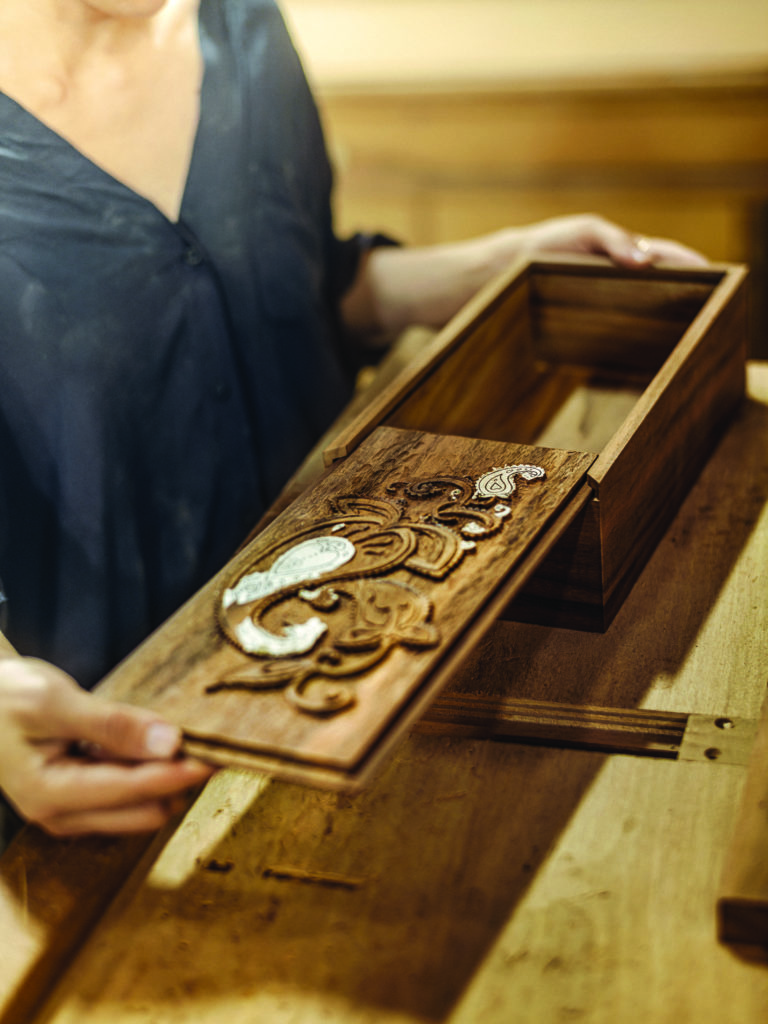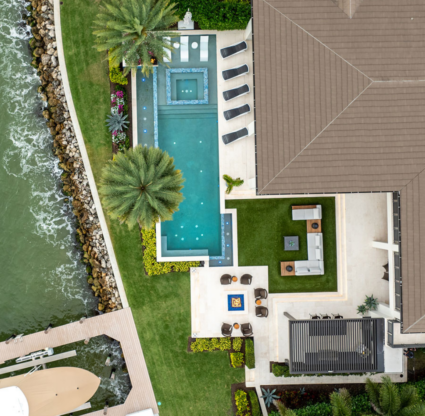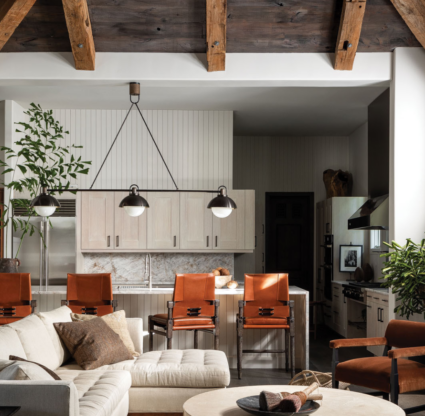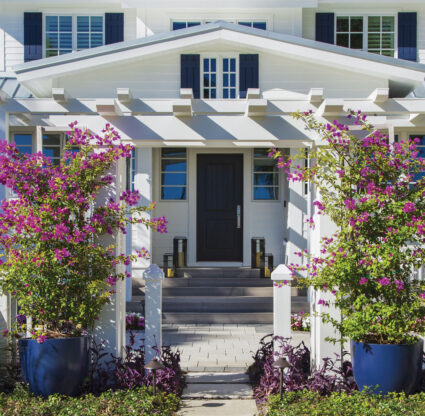Sepeideh Azin often thinks about how the light would stream into the bedroom of her childhood home in Iran: “What I remember is the smell and how the light came in through the living room and lit up my mom’s plants in the afternoon and how it poured into my room in the morning to wake me up for school. My interest is to create spaces where life can take place in that way.”
When she was younger, she was fascinated learning about the Persian empire and the principles behind local traditions like Zoroastrianism, a religion older than Judaism and Christianity that places heavy emphasis on nature. “This 5,000-year-old civilization, and Iran, itself, is very environmentally dynamic—there are deserts in the middle of the country, you have the Gulf in the south, forests and jungles up north,” she says. “The architecture that came to coexist within all that, even thousands of years ago, was extremely advanced.”
Living with an artist mother, there was always art around, and Azin was equally drawn to math and science. Architecture was a natural path. At 17, she moved to New York and studied at Pratt Institute—a school that prides itself on innovation. There, she began to develop ideas about design and architecture and started tinkering with making things.
Eventually, she decamped for sunnier climes in Miami, where she worked for GUILD, a creative agency that constructs temporary structures for major luxury brands, like Van Cleef & Arpels. The job was equal parts building and design. She and her team would create elaborate installations before taking them down a few days or a few hours later. In the process, “I realized not having a deep understanding of how things are built was not serving me,” she says. “I was adamant that my next job had to be hands-on.” A quest to find the best people to learn from led her to Thomas Riley Artisans’ Guild in Naples, where she spent six years training with mentors like Chris Zettel, who took her under his wing. When the work day ended, she’d work on her own designs. “I’d always stick around after,” she says.
At Thomas Riley, Azin learned classic woodworking techniques and true craftsmanship. From the beginning, she’d been drawn to the company’s heritage as a 25-year-old, family-owned business. She began to understand how time-honored principles could meld with—and were even essential to—modern design. “I was already educated in modern design,” she says. “It was important for me to see the other side.”
After her seven-year “sabbatical” from architecture, she found her way back to the field last year, this time working as a junior architect at Mark J. Leonardi Architect. “He had the closest philosophy to what I thought of design and architecture,” she says. Architecture at its core, she explains, is simply space, light and materials—and the right combination of those three elements can create magnificent structures. Leonardi is particularly adept with this formula. He also understands the need for architecture to be intertwined with its environment. “One of the things I love about Southwest Florida is its very unique ecosystem,” she says. “It’s vital for architecture and the environment to embrace each other, and that’s something Mark does really well.”
As a lifelong student, Azin is soaking up everything she can from Leonardi. After hours, she continues to design furnishings and small objects, which she plans to sell under the brand NÜK. The name comes from the small nook in her Brooklyn apartment, where she’d spend hours daydreaming and thinking about the past and the feeling she wanted to foster with her own work. She designs with intention, allowing the wood to reveal what it wants to be. One of her favorite pieces is a rattle she made for her niece. “Conceptually, I really like it because it’s a piece that is supposed to be an heirloom but that she can also play with now,” she says.
To Azin, architecture and design go hand in hand—one is dependent on the other, and in the best cases, the furnishings and the architecture are harmonious. Both practices also require flexibility to allow for the creation of new and exciting things.
She’s in no rush to branch out on her own. “Architecture is an incredible responsibility,” she says. “And having the responsibility to do it right is a big thing.” For now, she continues to define her design philosophy and identify the principles that are important to her: creating sustainable buildings and objects that respond to the challenges of climate change, respecting the regional context of a place, and history (“as an immigrant, the past is always there”). When she designs, she thinks about crafting spaces and pieces that feel familiar, even when they’re new builds. “That’s a real talent when someone does it right,” she says.
Her home—an 800-square-foot bungalow built in 1956 in the Naples Bayshore Arts District—reflects many of these ideas. In 2019, she bought the house, along with a mango tree-filled parcel next door, and she and her boyfriend have been slowly renovating it since. They got rid of most doors to limit the flow of water that could reach the home, which sits below flood level; enlarged the windows to make interiors look bigger; and opened the space, getting rid of the traditional living and bedroom and instead created an opening between the two rooms that reveals the original longleaf pine frame. To increase the indoor-outdoor flow, they placed the dining room on the lanai and are designing a deck that extends out from the primary bedroom. Inside, clean lines reflect her modernist background, and there’s a playfulness to the space. With every detail, she thinks about the feeling the design creates and aims to capture something akin to what she felt in the mornings in her childhood bedroom with the light pouring in or sitting in the nook of her New York apartment reflecting and daydreaming. “Architecture is part of me,” she says. “I love the romance of it and what it can do.”






